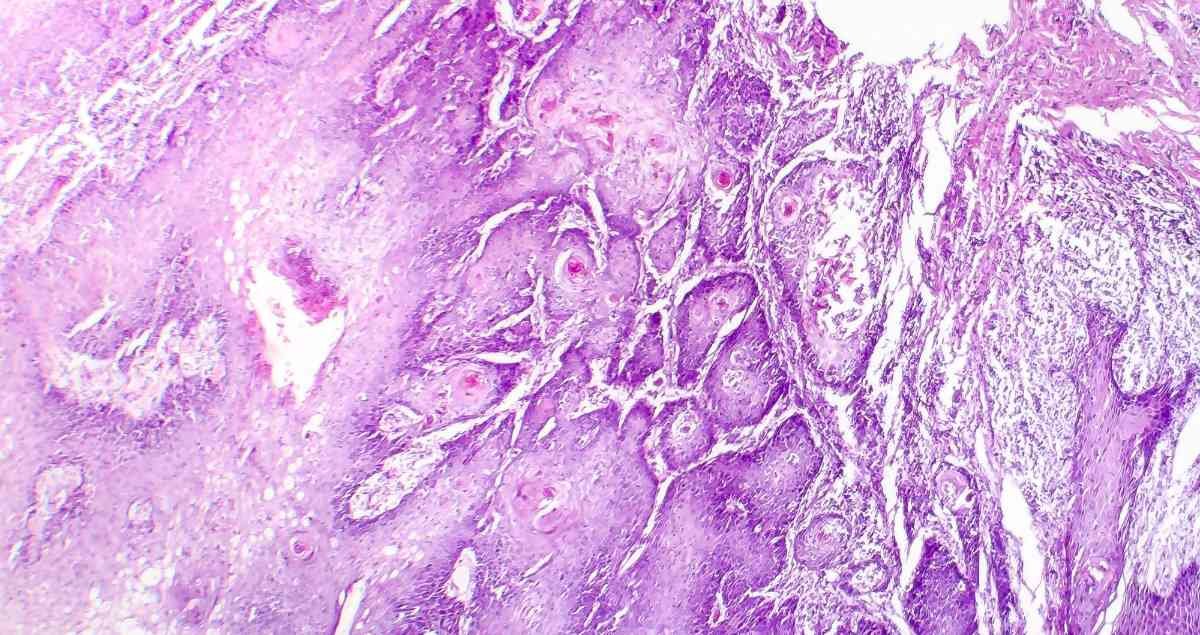Introduction
Myelofibrosis is a perplexing illness that falls under the category of myeloproliferative neoplasms. The latter are bone marrow disorders that affect haematopoiesis and lead to the platelet and red blood cell count elevation. This post looks at the key areas of myelofibrosis treatment, symptoms, diagnosis, and a myelofibrosis computer sheet. Personally, it has been an ongoing fight to make this disease myelofibrosis. In the other part we will have look how this condition is related to with other severe health issues like myelofibrosis cancer, myelofibrois leukemia and finally we will visit the present myelofibrosis treatment guide line.
What is Myelofibrosis?
In order to grasp thoroughly, it would be helpful if we had overview of definition first. It is a disease dating back to the eighteenth century in the medical literature. It belongs to the category of blood cancerous neoplasms affecting the bone marrow itself, a vital structure for the production of blood cells. Scar tissue infiltration the marrow in turn produces anemia, weakness, fatigue, and enlarged spleen in some many cases. In addition, sometimes the liver can be enlarged too. Because of its disruption of normal cell production, it can appear in different consistencies; from myelofibrosis to leukemia.
Symptoms of Myelofibrosis
Identifying symptoms is key to early diagnosis and treatment. The most common symptoms include:
- Fatigue and weakness, often due to anemia
- Pain or fullness below the ribs due to an enlarged spleen
- Easy bleeding and bruising
- Fever and night sweats
- Unexplained weight loss
These symptoms often resemble those of other health conditions, including multiple myeloma diagnosis, necessitating careful medical evaluation to ensure accurate diagnosis.

Diagnosing Myelofibrosis
The period of the diagnosis allowing for several stages is usually the rule of the day. This phase can be initiated by the healthcare provider’s physical examinations, in which he or she remains focusing on the liver or spleen swelling and also the patient’s medical history. The blood tests are important in the diagnosis of blood cell numbers and their shapes and also, for the determination of the blood color abnormalities.
In certain cases a bone marrow biopsy can be utilized in order to clarify the patterns of scarring that are in the bone marrow. Consequently, the extent of fibrosis can be estimated. This is an invasive one but overall a critical step to fully assess the cause of the diseases process. Imaging techniques that include ultrasounds, MRIs, and CT scans can be performed to measure the dimensions of the organs and the related bone density.
Primary Myelofibrosis Treatment
Primary treatment aims to manage symptoms, improve quality of life, and slow the progression of the disease. Treatment options include:
- Medication: Drugs like ruxolitinib (Jakafi) or fedratinib (Inrebic) are often prescribed to reduce spleen size, alleviate symptoms, and improve blood counts. These medications can be particularly effective in patients with specific genetic mutations.
- Blood Transfusions: For patients suffering from severe anemia, regular blood transfusions might be necessary to maintain adequate red blood cell levels.
- Bone Marrow Transplant: Considered the only curative treatment for myelofibrosis, a bone marrow transplant involves replacing the diseased bone marrow with healthy cells from a donor. However, this treatment carries significant risks and is usually reserved for younger, healthier patients.
- Androgens and Other Drugs: Some older drugs and treatments may still be used in certain cases, particularly when newer treatments are unsuitable.
Current Myelofibrosis Treatment Guidelines
Due to highly individualized nature of the disease, the guidelines for myelofibrosis treatment call for personalized approach taking into account the patient’s general health status and age as well as specific biomarkers. These guidelines highlight the need of providing personalized care that is based on the difference between individuals, since the intensivity and progression of myelofibrosis can be different among the patients.
The most recent guidelines are also calling for regular follow-ups, appointment adjustments, or updating treatment plans as the course of cure changes or new medical options are made available.
Conclusion
The myelofibrosis is a complicated and complex condition, but the medical science developments in modern days have led to drugs that can now effectively keep the symptoms under control and improve the patient’s well being. If you are stung by you with someone else or you’re a myelofibrosis patient, you need to de whether you or someone else is exhibiting symptoms related to myelofibrosis and need early diagnosis and treatment. Go to a specialist who is trained in hematology that can examine you and advise you on the best treatment that suits your personal requirements..











One Response